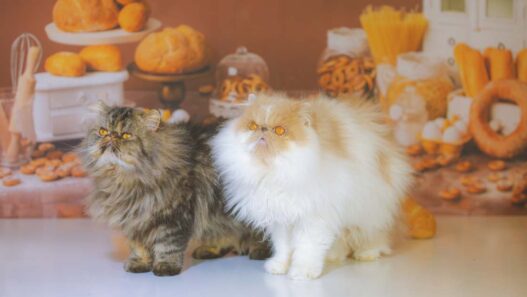Pet Myths, Reality and Precautions: Debunking 7 Common Cat and Dog Myths, Naturally!
Pet Care Tips 5 min read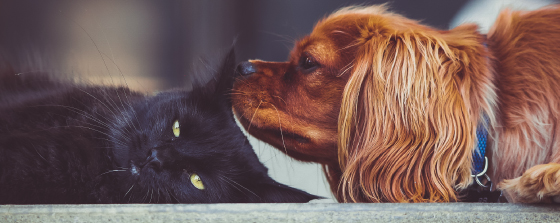
A wagging tail means a dog likes you. A soft purr means a cat is happy. But who decided that every tail wag is friendly and every purr is happy? Here are some common myths that pet parents have. You’ll find answers to some perplexing questions about pet parenting here.
Myth
Asparagus can be dangerous for dogs
Reality
Asparagus is good for dogs but only in moderate amounts and preferably cooked

Our canine companion’s digestive system is most accustomed to breaking down meat. Asparagus is a nutritious food that contains antioxidants and anti-inflammatory properties. Since dogs take longer to digest veggies, cooking the asparagus slightly will help produce enzymes that make it more digestible.
Precaution
What would happen if your dog broke into the kibble and gobbled up a bagful? As with any food, it is always best to feed Asparagus too, in moderate amounts. It is thought to be beneficial for dogs with cancer or arthritis, however the amount needed for it to be effective would require feeding your dog dangerously large amounts. Concentrated natural supplements will be a better pick. Try NHV Old timer for arthritis or NHV ES Clear for Cancer. NHV Turmeric is a great super food for overall wellbeing.
Myth
Peanut butter is bad for dogs
Reality
Any peanut butter that does not contain Xylitol, is an enjoyable treat for dogs
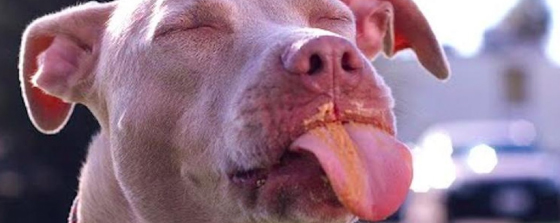
Besides it being a treat that dogs lap up quickly while making goofy faces, peanut butter is also a great source of protein and contains vitamins B and E in addition to heart healthy fats. But just like some humans, dogs too can be allergic to peanuts. Test with a very little amount at first. Most importantly, beware of Xylitol – this ingredient found in artificial sweeteners can prove fatal for dogs.
Precaution
Always use raw unsalted peanut butter and one that is without any traces of Xylitol. And test your dog for allergies by offering a very little amount at first and slowly getting to a spoonful, if required.
Myth
You can add kitchen turmeric to your dog or cat’s food
Reality
Kitchen turmeric is not bioavailable unless mixed with certain other spices
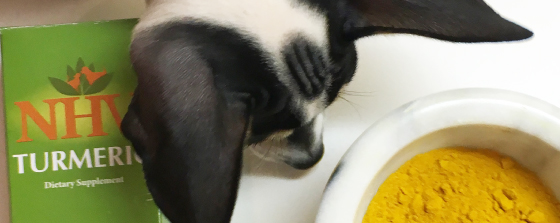
To make Indian curries healthy, the recipes include a combination of other herbs and spices that make it possible for the goodness of turmeric to be effectively transmitted to the body; when it comes to your pets, don’t experiment with kitchen turmeric.
Precaution
Since turmeric is a great superfood for cats and dogs, you might want to use it as a daily herb for your pets. Opt for NHV Turmeric. It is in liquid form and can be easily given to pets. It helps pets with arthritis, heart conditions, kidney disorders and cancer.
Myth
Any milk is good for cats.
Reality
Only goat’s milk is good for kittens and can safely be taken by adult cats too.
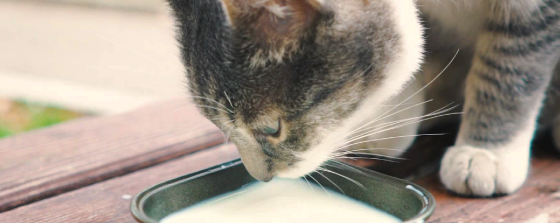
Just like human babies, kittens love their mother’s milk. But once they are weaned off, the enzyme in their guts that helps them digest the lactose in this milk disappears. Although, you might see Tom and Jerry enjoying a bowl of milk, your adult cat will probably have an upset stomach and may even vomit because of cow’s milk.
Precaution
The usual milk that we get in the supermarket is skimmed of all fats. You should opt for goat’s milk instead. It is rich with nutrition for kittens and can be given to cats too, every now and then. In fact, it is a great option to hide their daily dose of NHV supplements in.
Myth
Indoor cats don’t need vet visits
Reality
Whether your cat is indoor or outdoor, vet visits are a must.
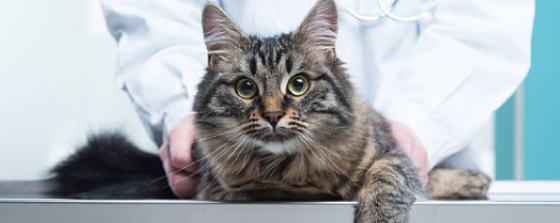
Health disorders in cats are not easy to identify unless inspected regularly. Problems like cancer and hyperthyroidism in domestic cats are on the rise. Unless they are seen by a veterinarian regularly, you may not know when your cat needs your help.
Precautions
You should regularly inspect your cat for any lumps and bumps that could be cancerous. Older cats might need hip and joint support to get by usual cat activities. Middle-aged cats showing signs like increased urination, hyperactivity and panting will need a vet’s visit to check for hyperthyroidism. You should talk to your NHV Pet Expert and find the most suitable natural remedy for your indoor cat.
Myth
Dogs find lemon slices fun
Reality
Lemon can poison dogs and cats
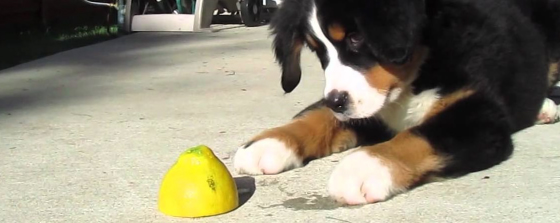
A few years ago, the video of a dog pouncing at a lemon slice and then jumping backwards went viral. This sparked off a trend which many dog parents hopped on to. Until finally dog vets and clinics stepped up to share that the dogs aren’t just going crazy with the lemon slices, they could be going crazy because of them. Lemon is a big no no for dogs.
Precaution
Instead of a lemon slice, try an ice cube or a toy with dog-safe peanut butter hidden in it. These are better options for keeping dogs busy, entertained and safe. They look just as funny trying to eat whipped cream or peanut butter. Avoid the lemon slice.
Myth
My pet can be home alone for as long as needed
Reality
Pets can suffer from serious separation anxiety and depression due to loneliness

Dogs and cats are not so good at figuring out separation. Any long wait can prove extremely unhealthy for them. Signs of separation anxiety include toilet mishaps, rampaging around the house in your absence, unnecessary whining and even depression.
Precaution
Make sure you wean off your pet slowly from your attention. Try leaving some entertaining toys behind. It’s also a good idea to offer some natural remedies to keep your pet calm when alone. NHV Matricalm works really well at helping anxious dogs and cats get through the time they spend alone.
Before we sign off, let us also tell you that every wagging tail is not friendly. A peculiar movement which looks like wagging is actually a sign of aggression. And cats can purr when in discomfort too. Make sure you do your research and understand your furry companions just right.
We hope this helps pet parents identify myths from reality. Please leave your comments here if you want our advice on any particular topic that’s got you confused.
Published: April 7, 2017

 USD
USD
 Canadian Dollars
Canadian Dollars


